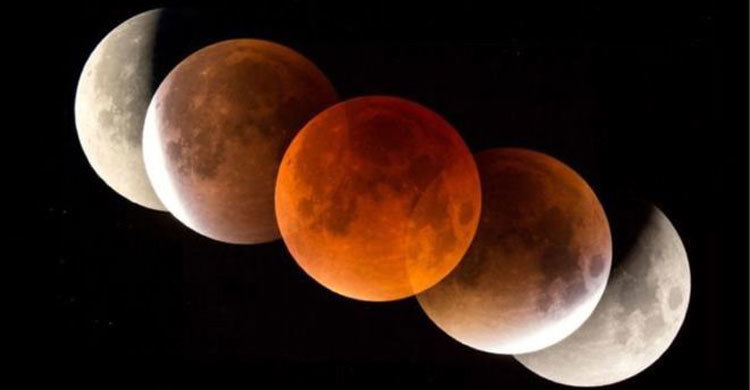Skywatchers await ‘super blue blood Moon’

The night sky has a display in store on Wednesday, 31 January, with a lunar event being called the “Super blue blood moon”.
For Australia, Asia and some parts of the US and Eastern Europe, there will be a lunar eclipse, as the Earth passes between the Sun and the Moon.
On the very same night, our only natural satellite enters its closest point to us in its elliptical orbit.
It will also be the second full Moon of the month, commonly called a blue moon.
The word “blood” has been used to describe the deep red colour of the sunlight that passes through Earth’s atmosphere to illuminate our celestial neighbour.
This red glow was produced by the same effect that gave us blue skies and red sunsets, Dr Shannon Schmoll, director of Abrams Planetarium in Michigan, said.
Some sunlight is skimming through the Earth's atmosphere on its way to the Moon, and it also gets refracted or bent towards the Moon a little bit,” she said.
The supermoon should appear about 7% larger than average and about 15% brighter.
But this particular view of our satellite, which remains the only object to which we have sent humans beyond Earth, comes at a time of resurgence for lunar exploration.
Source: BBC



